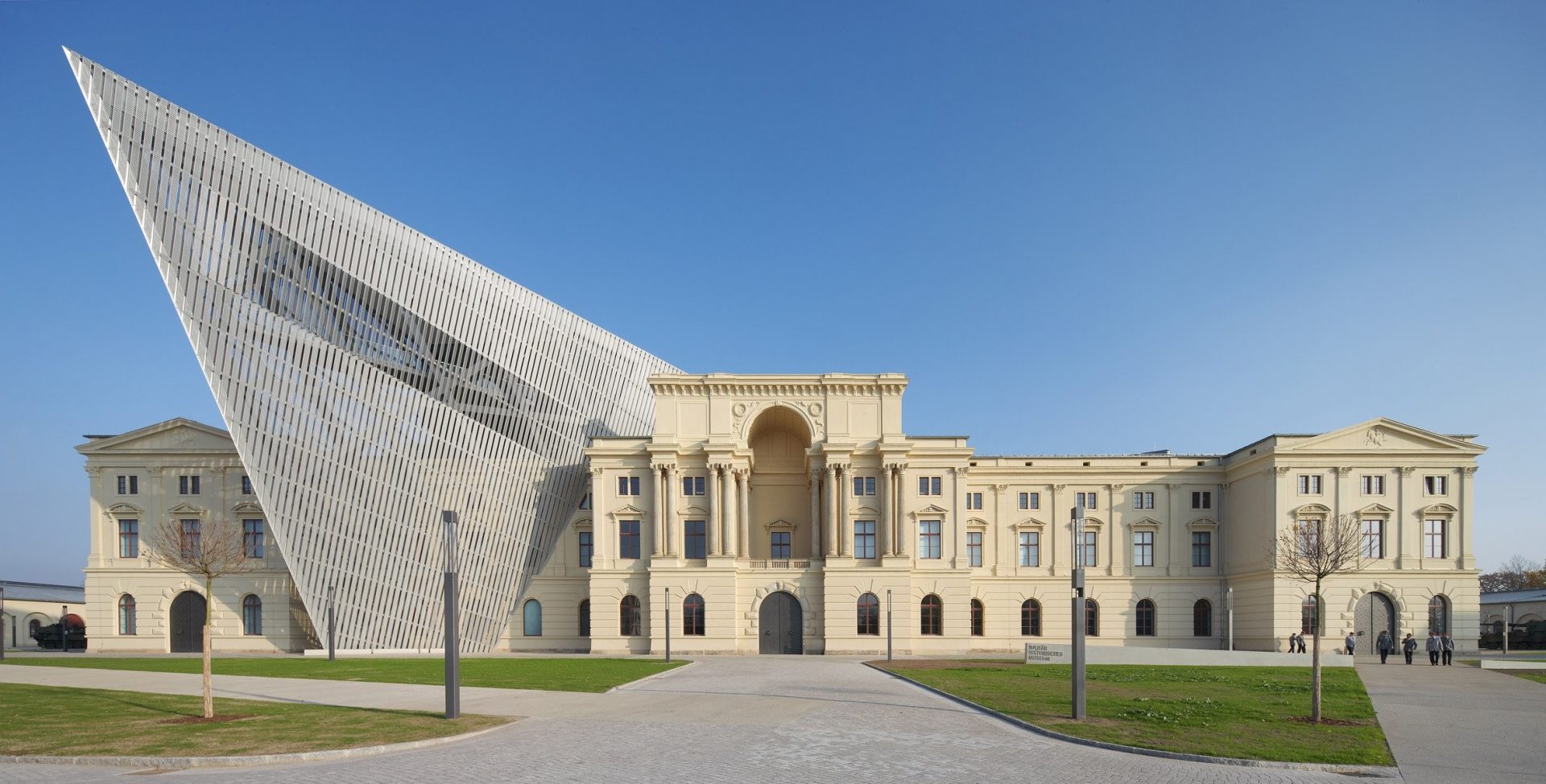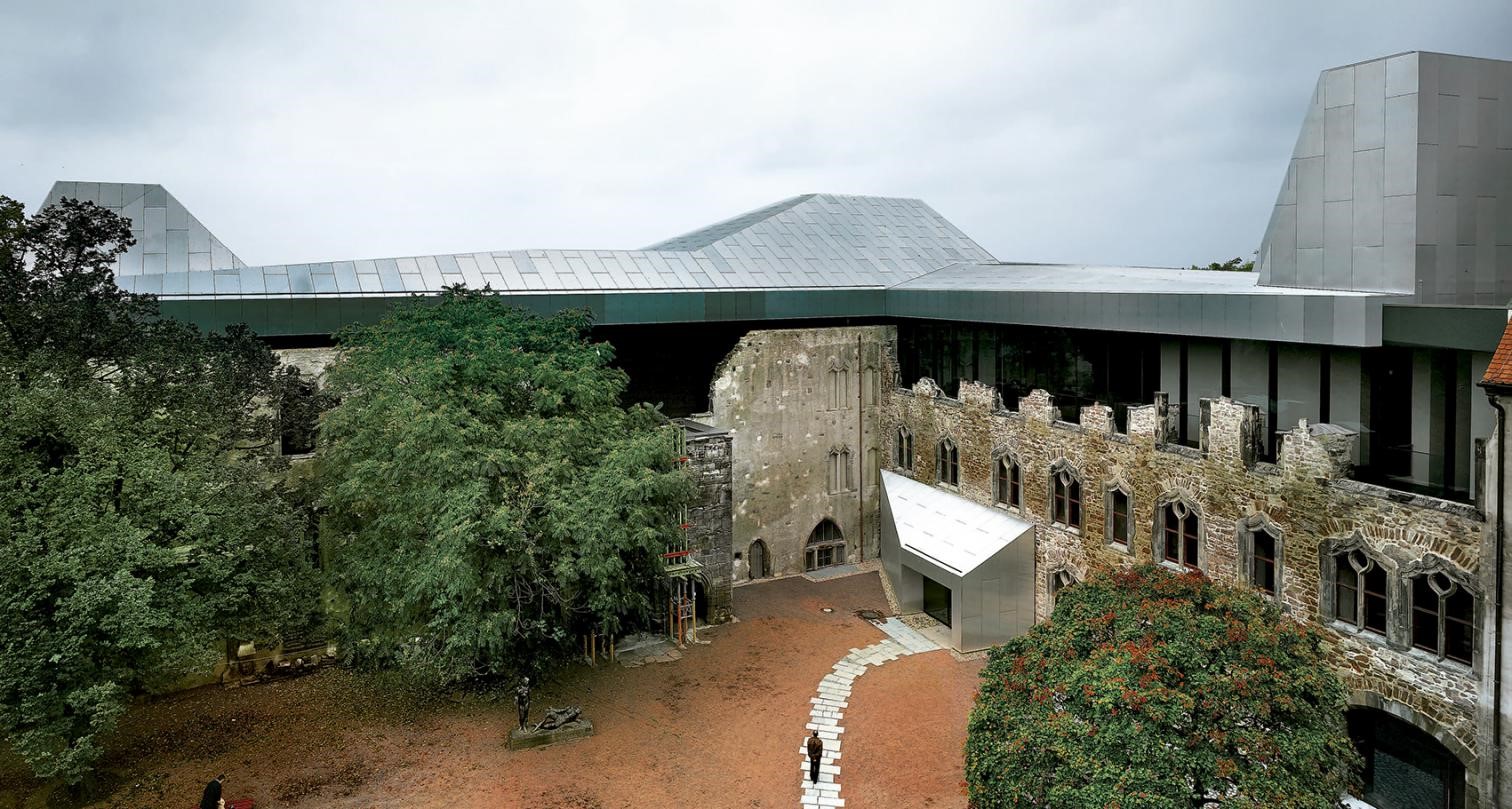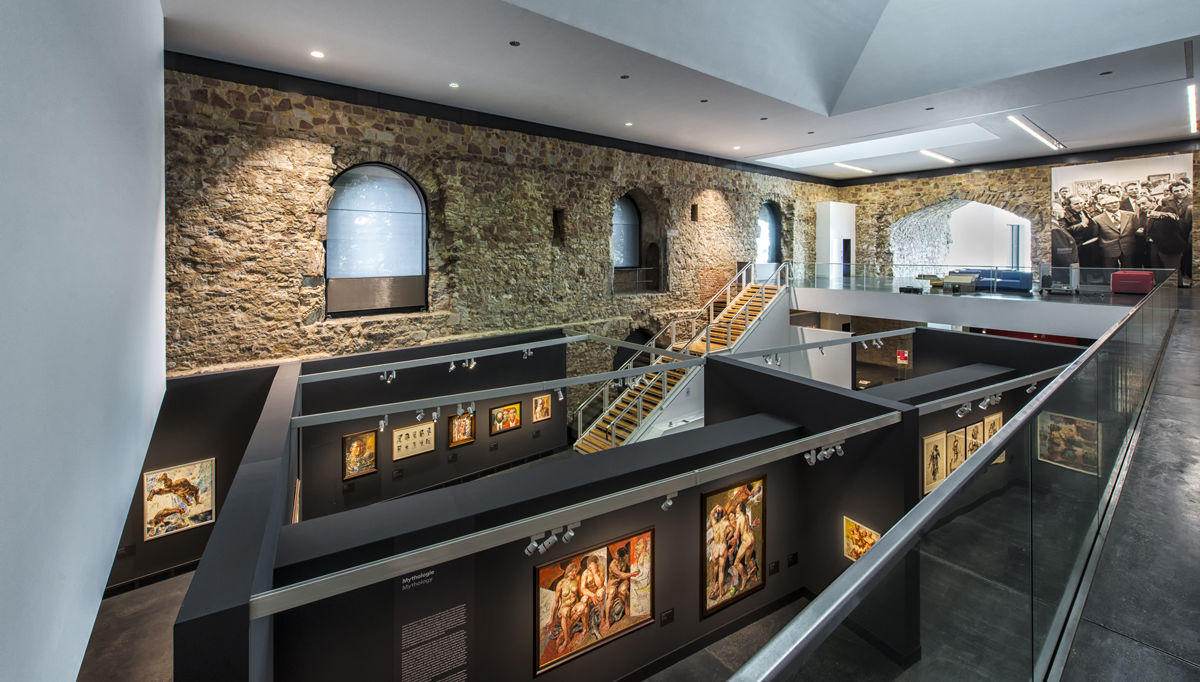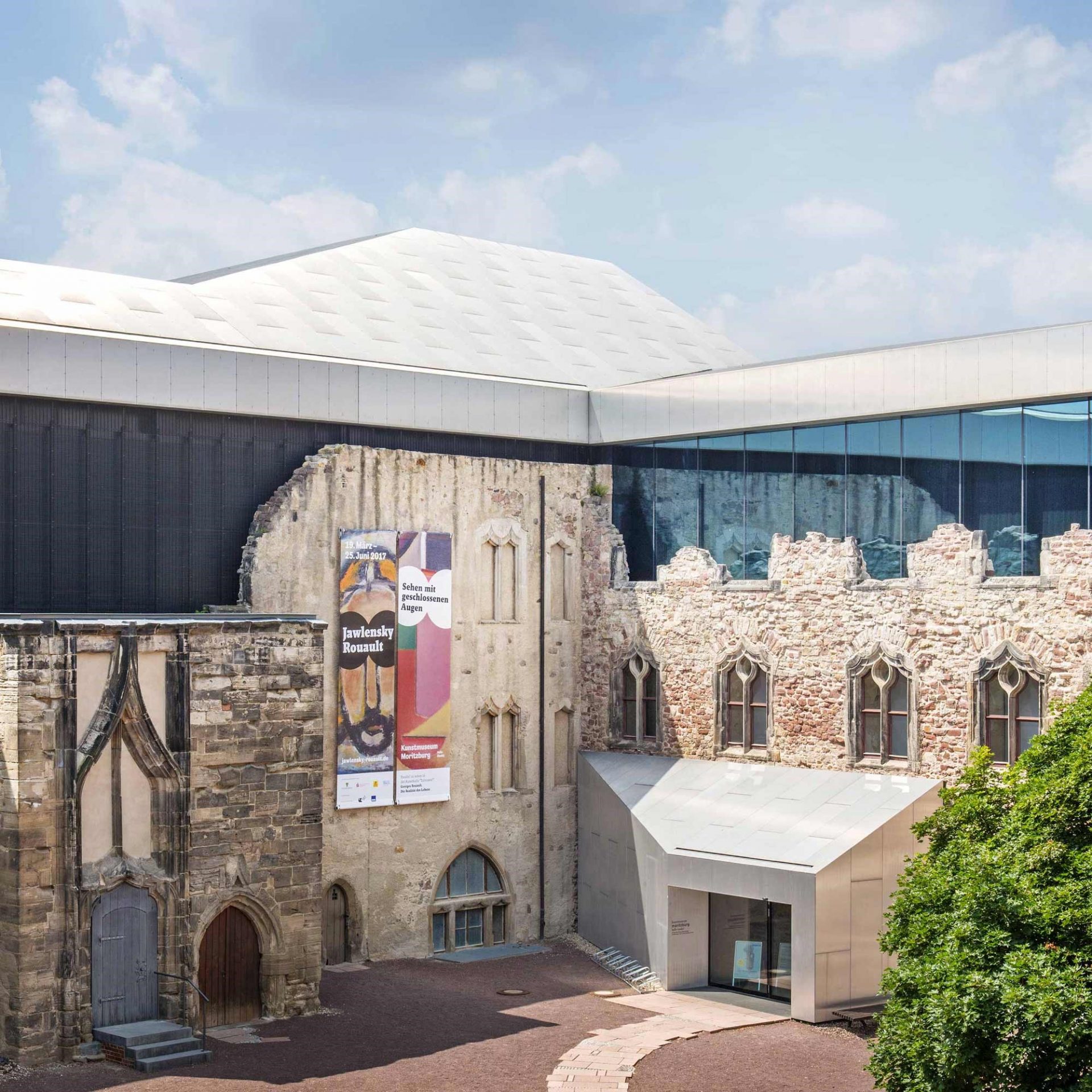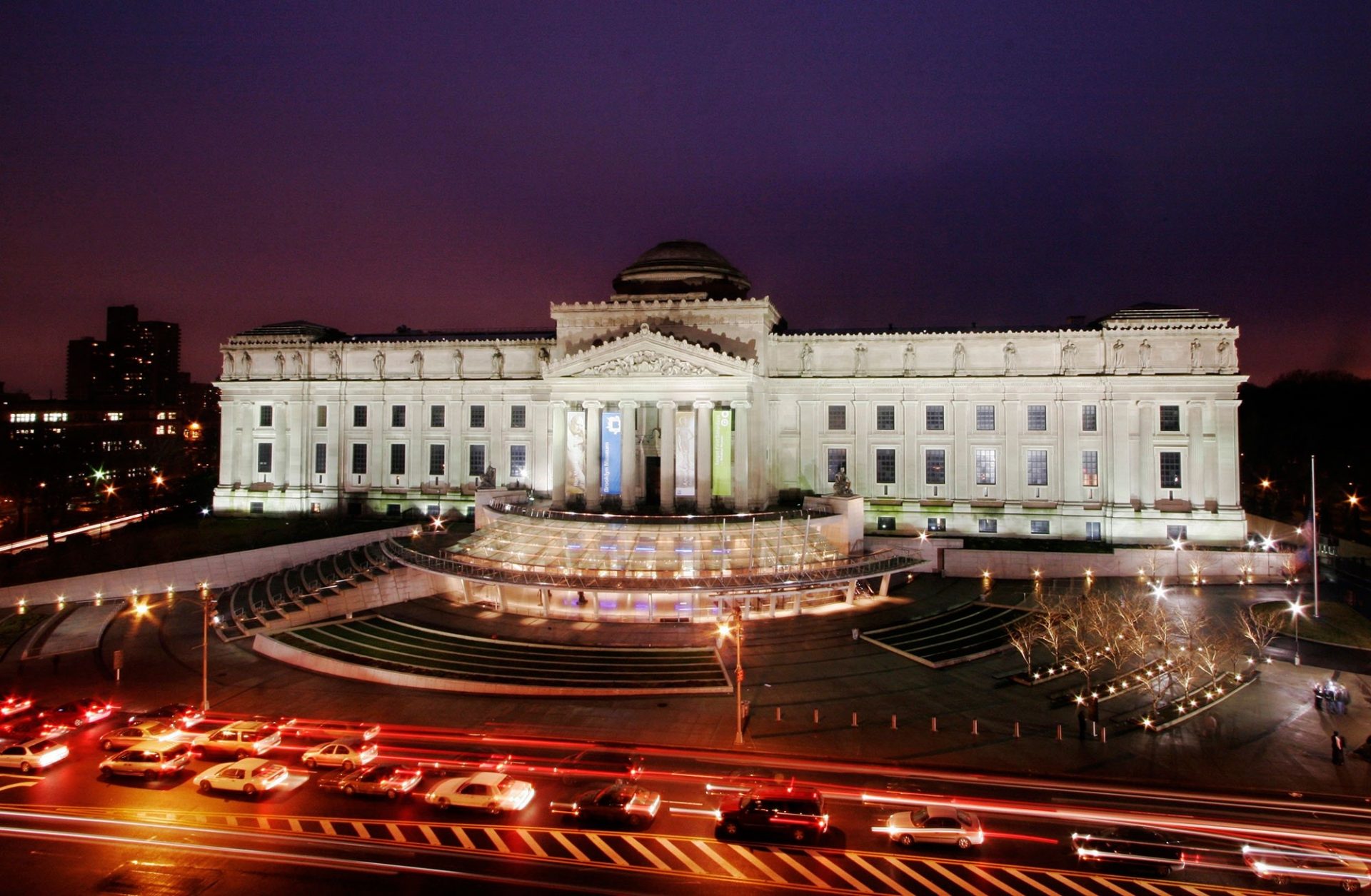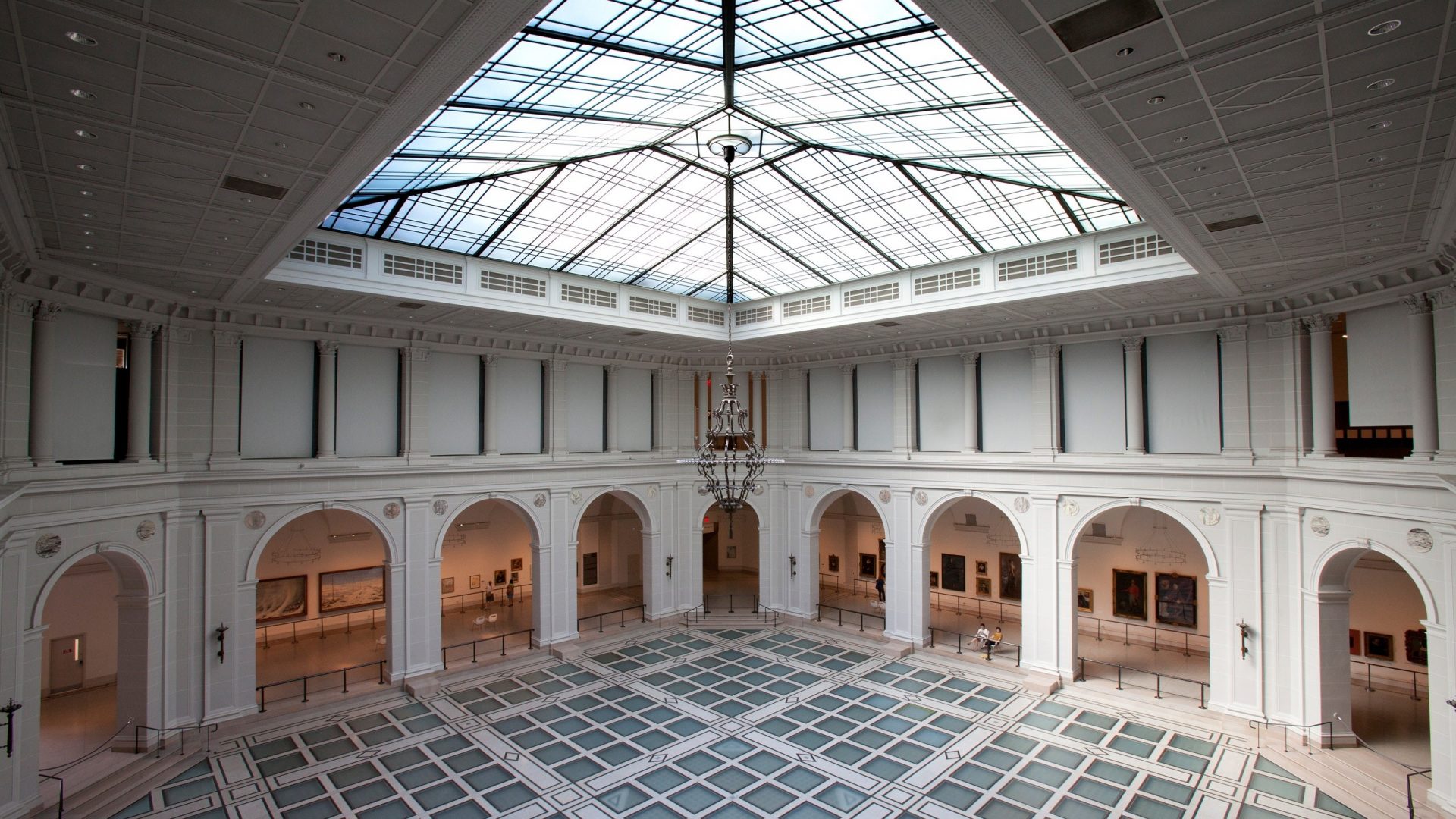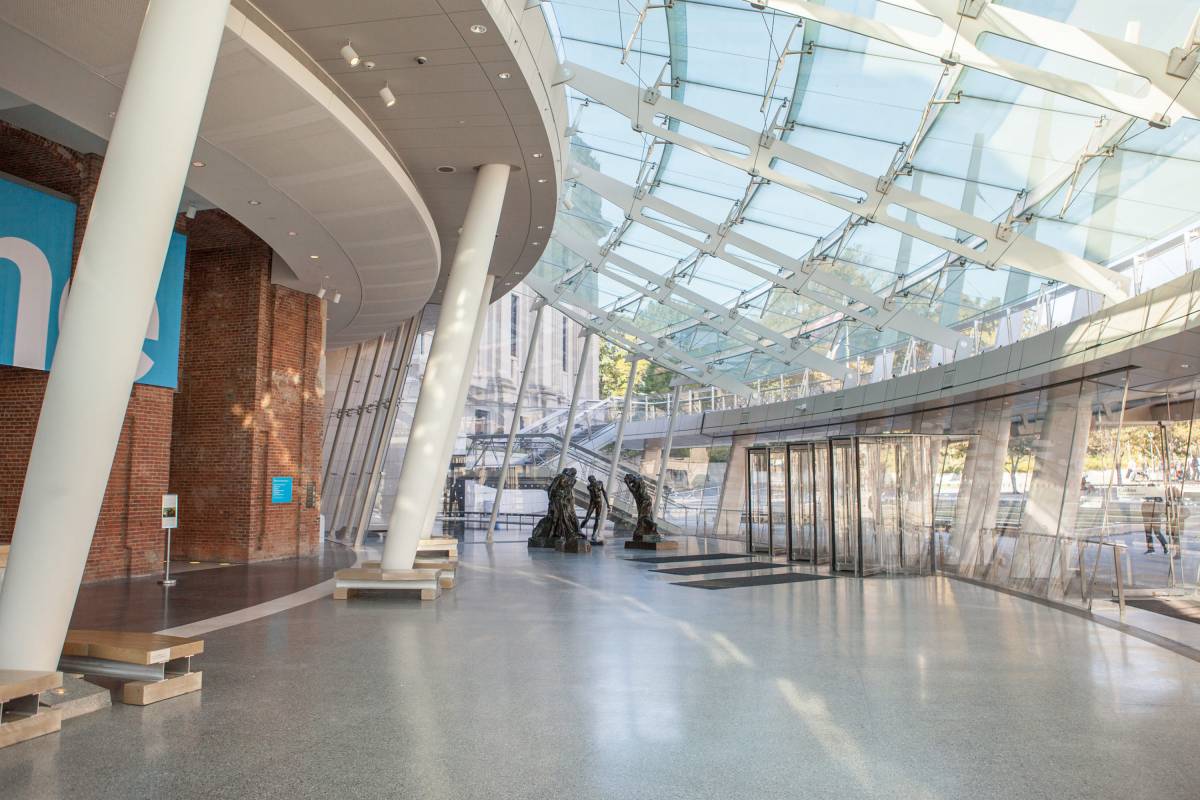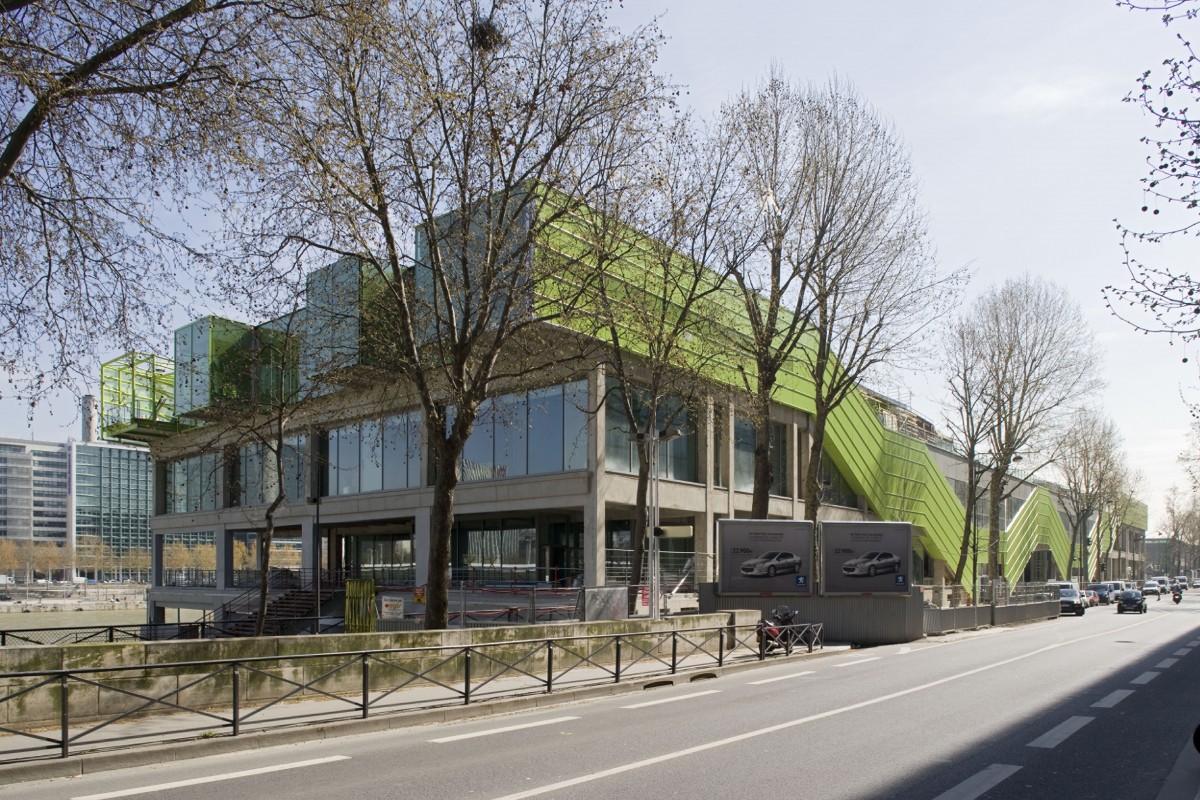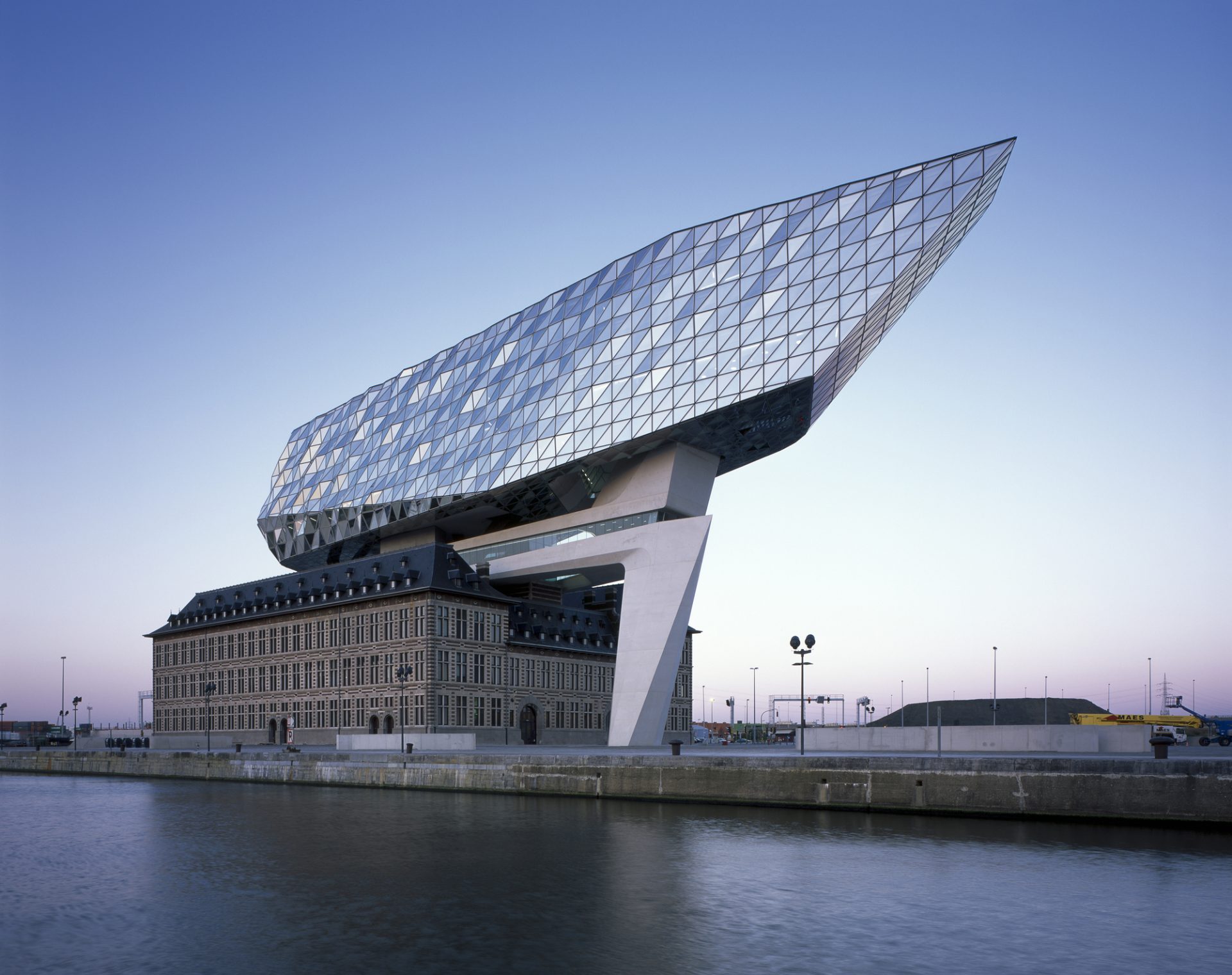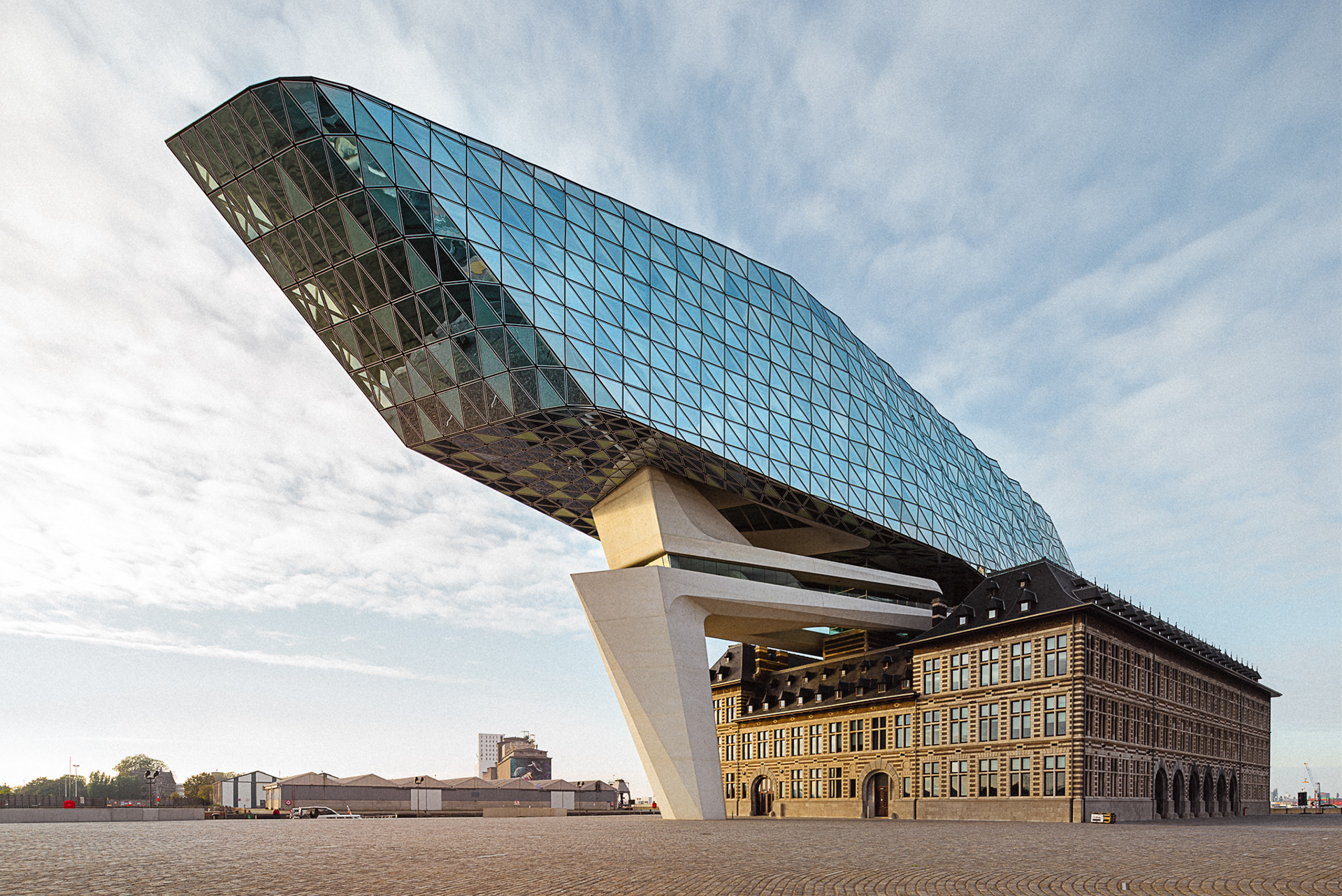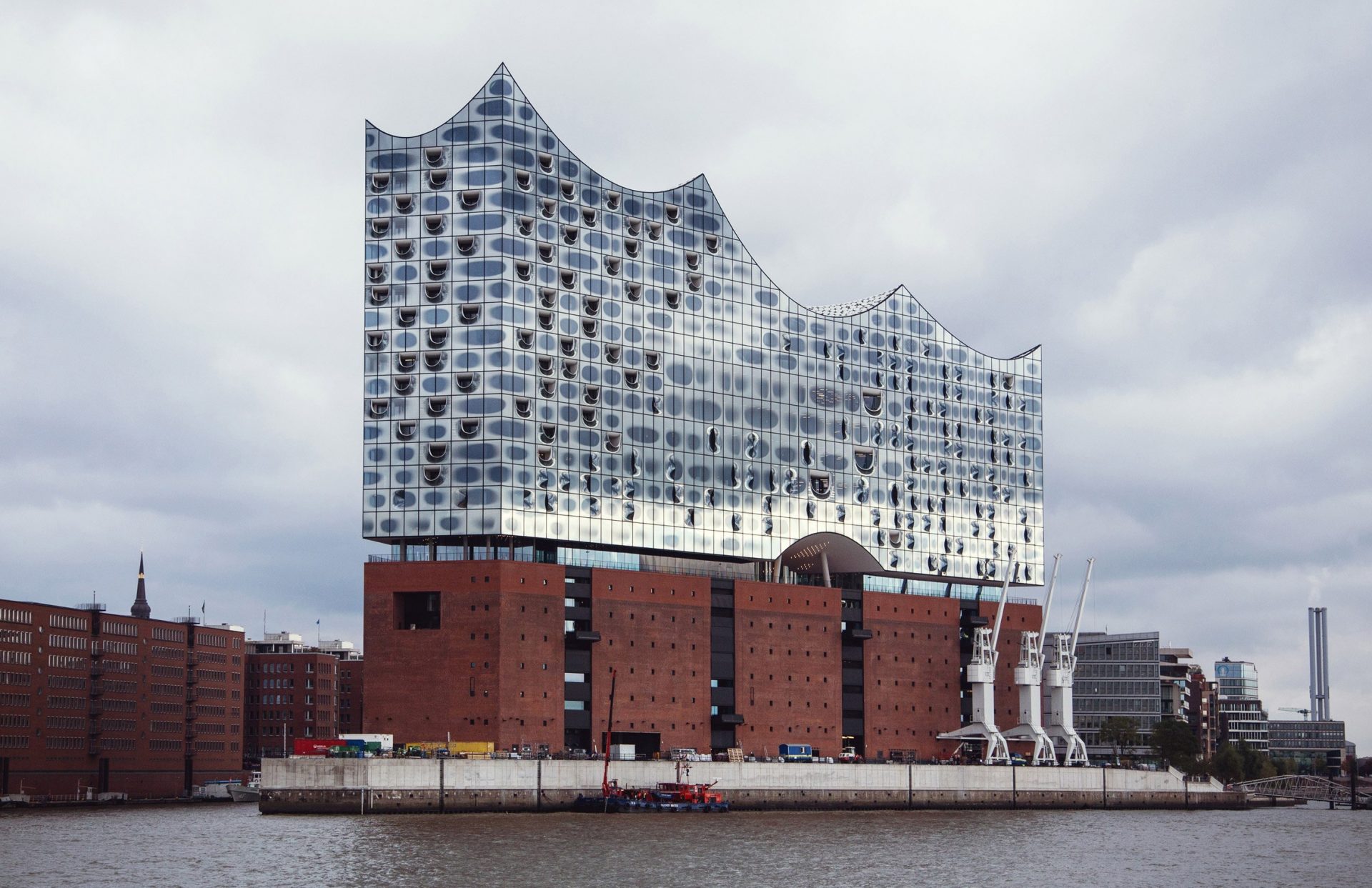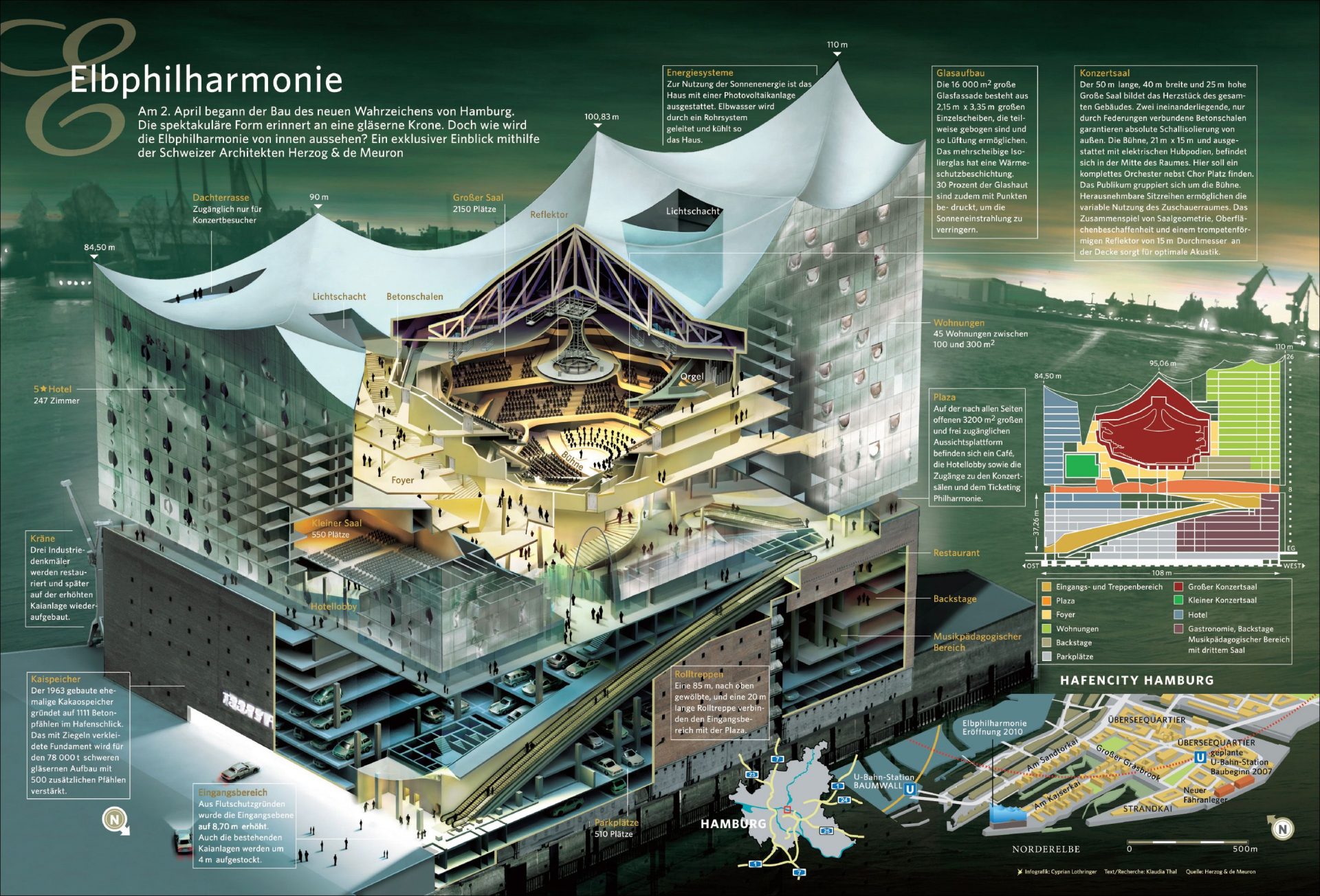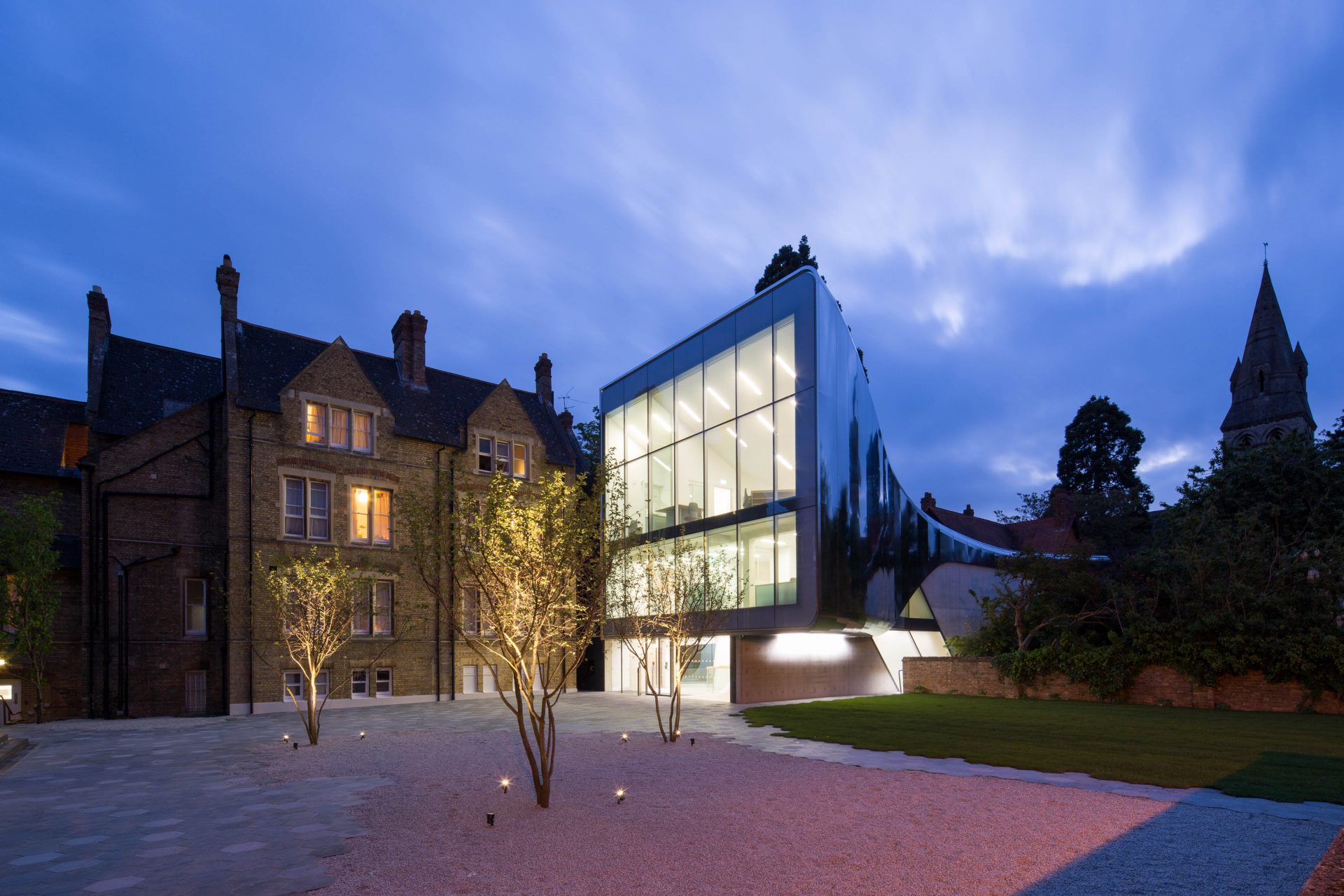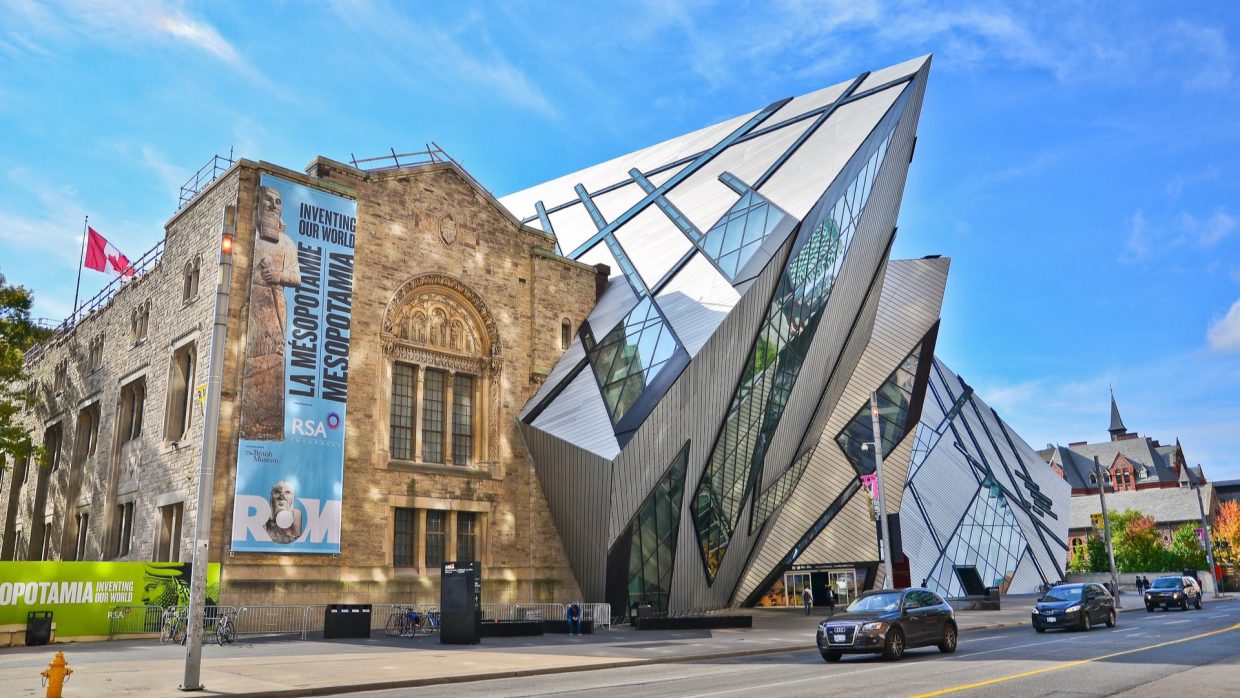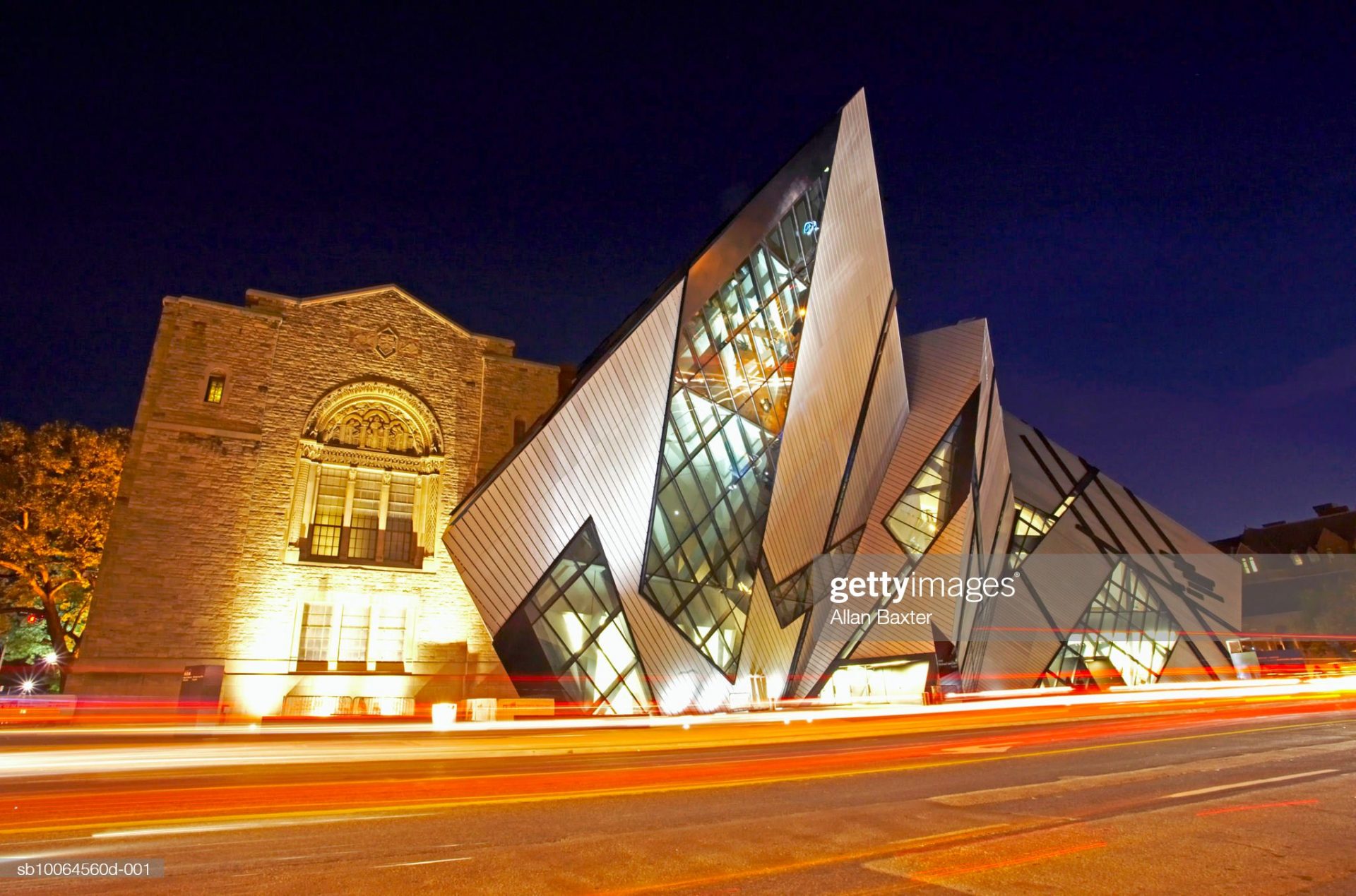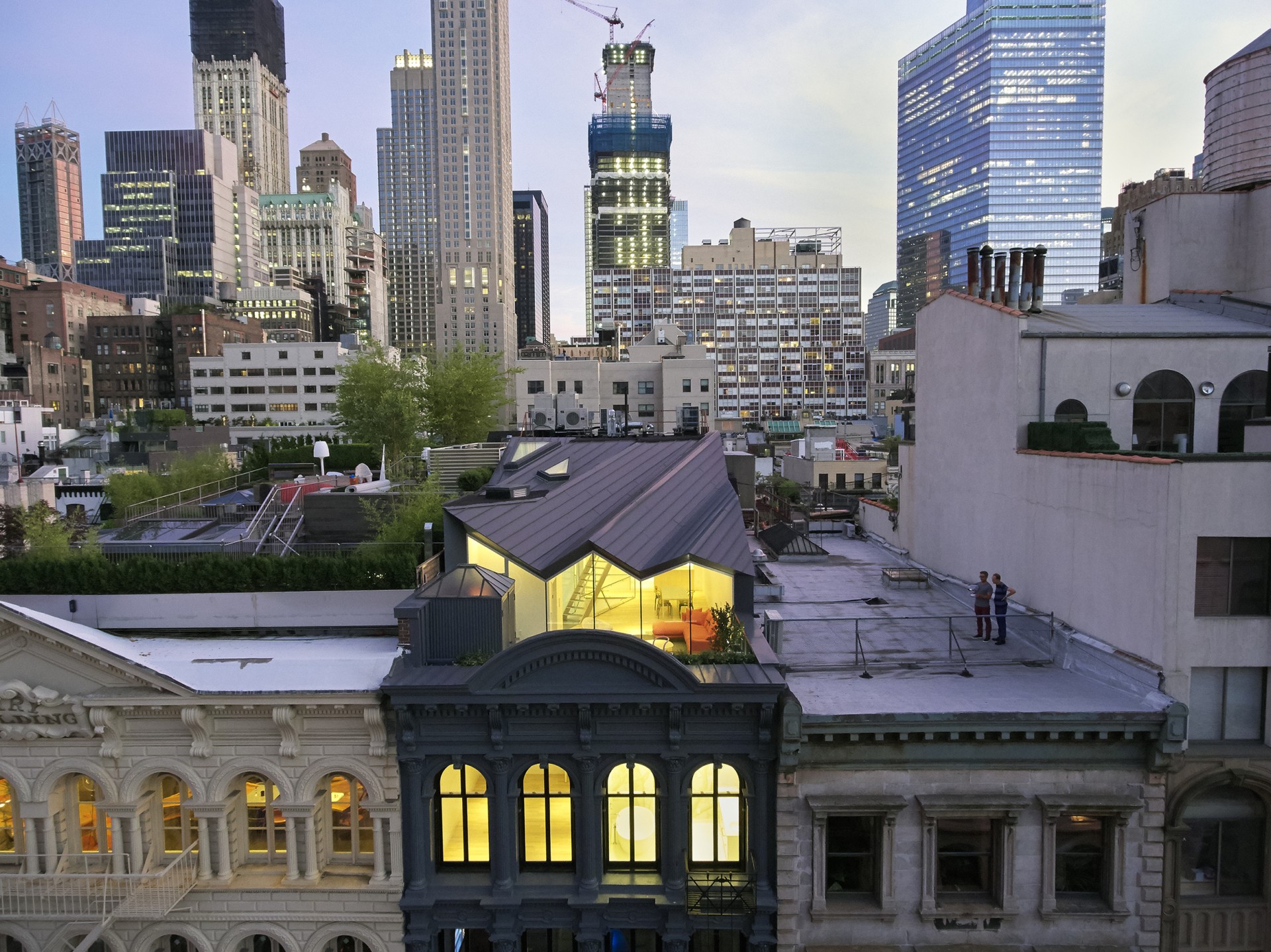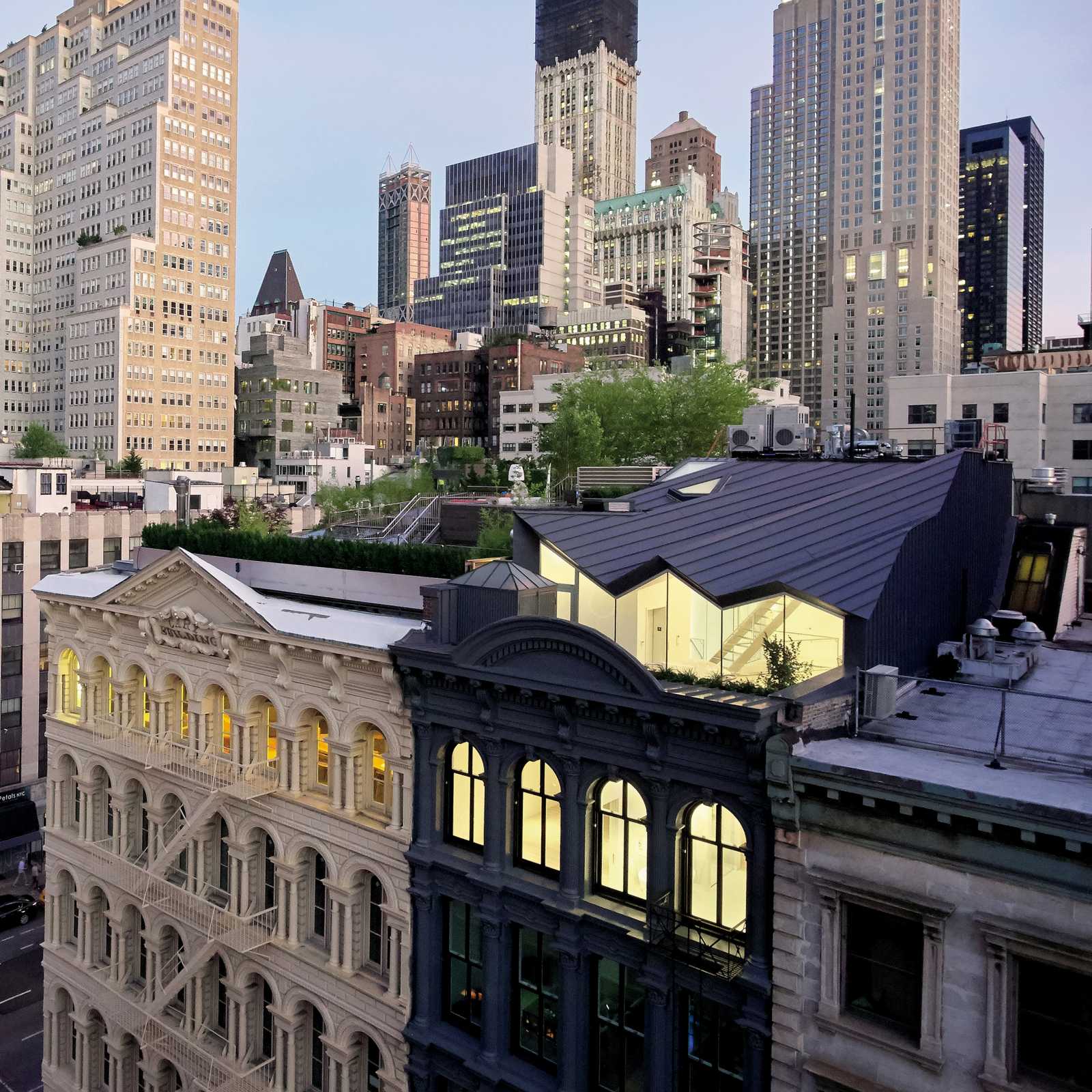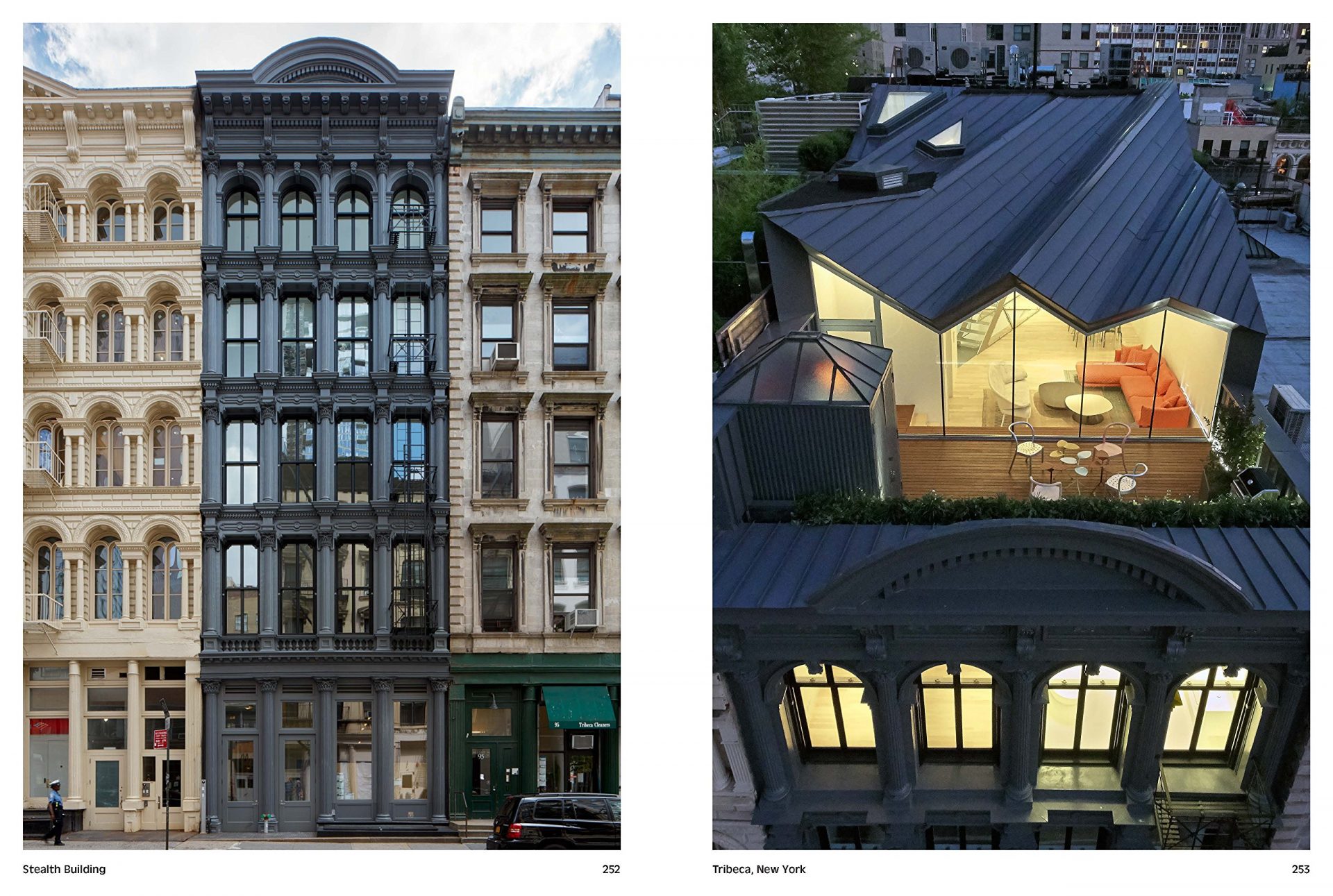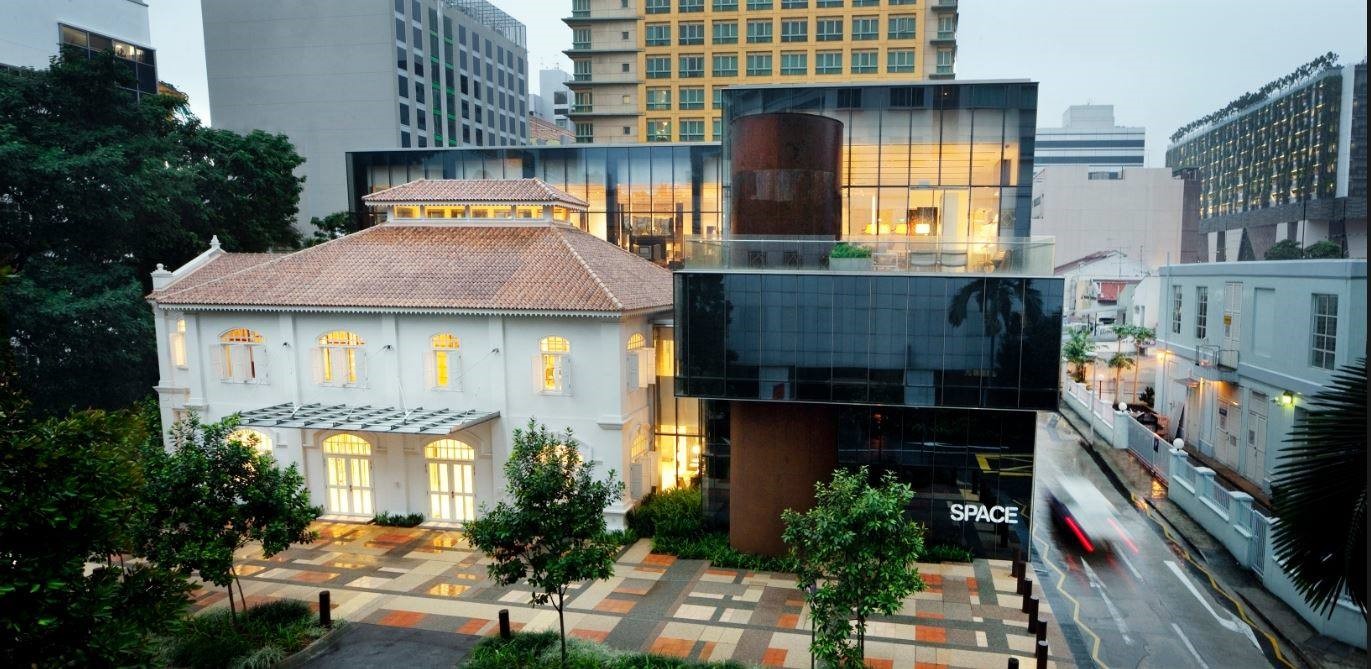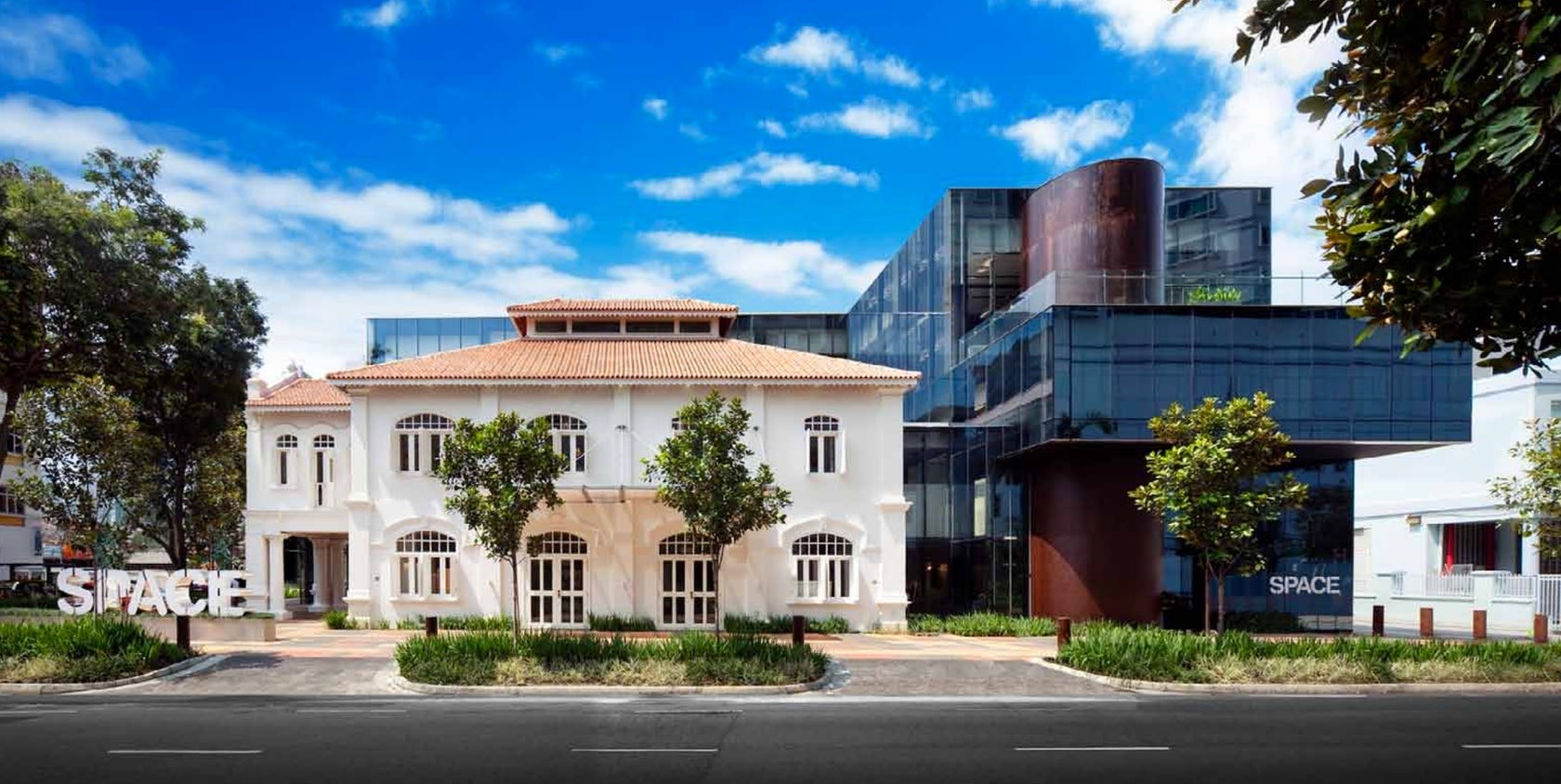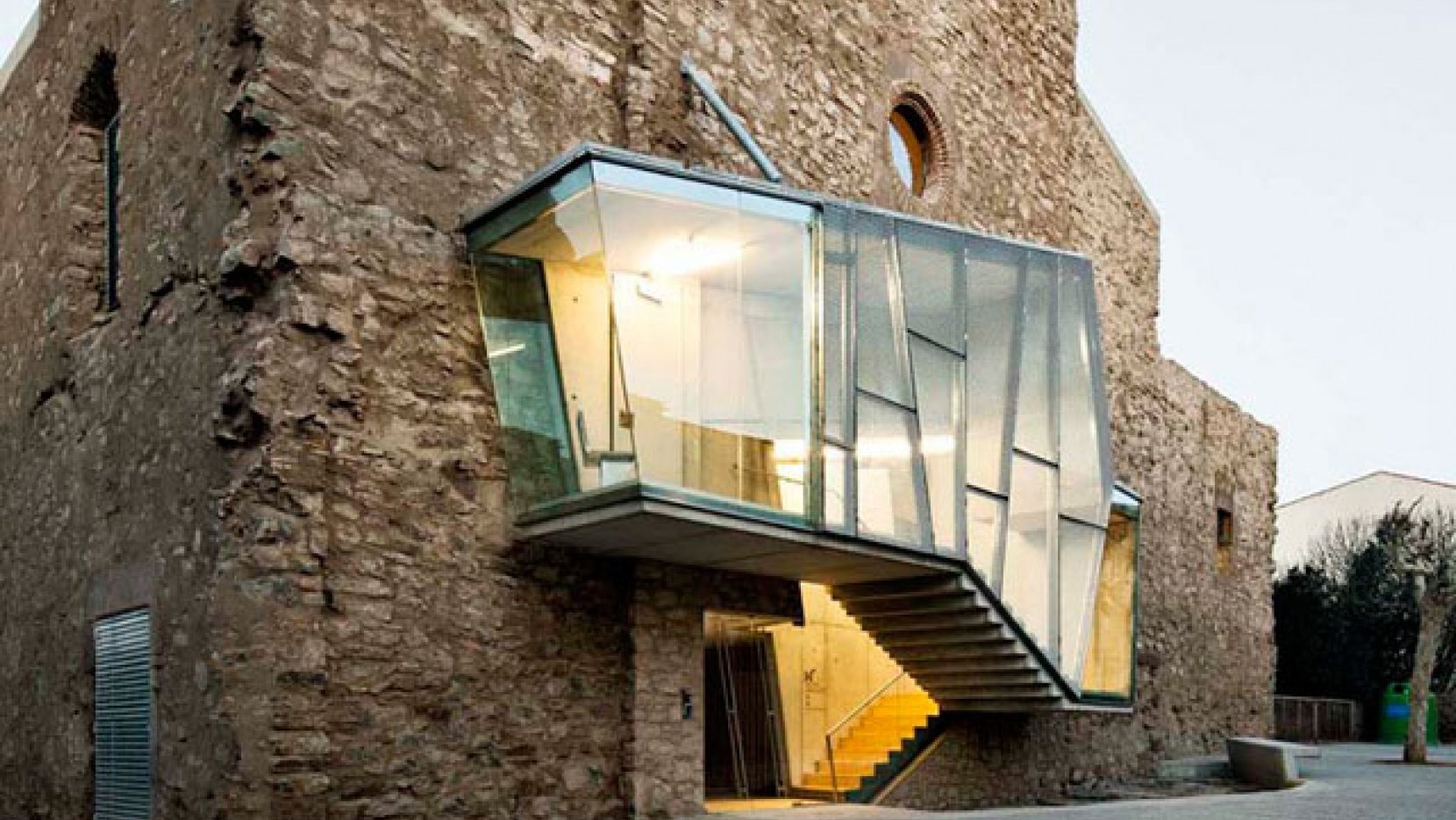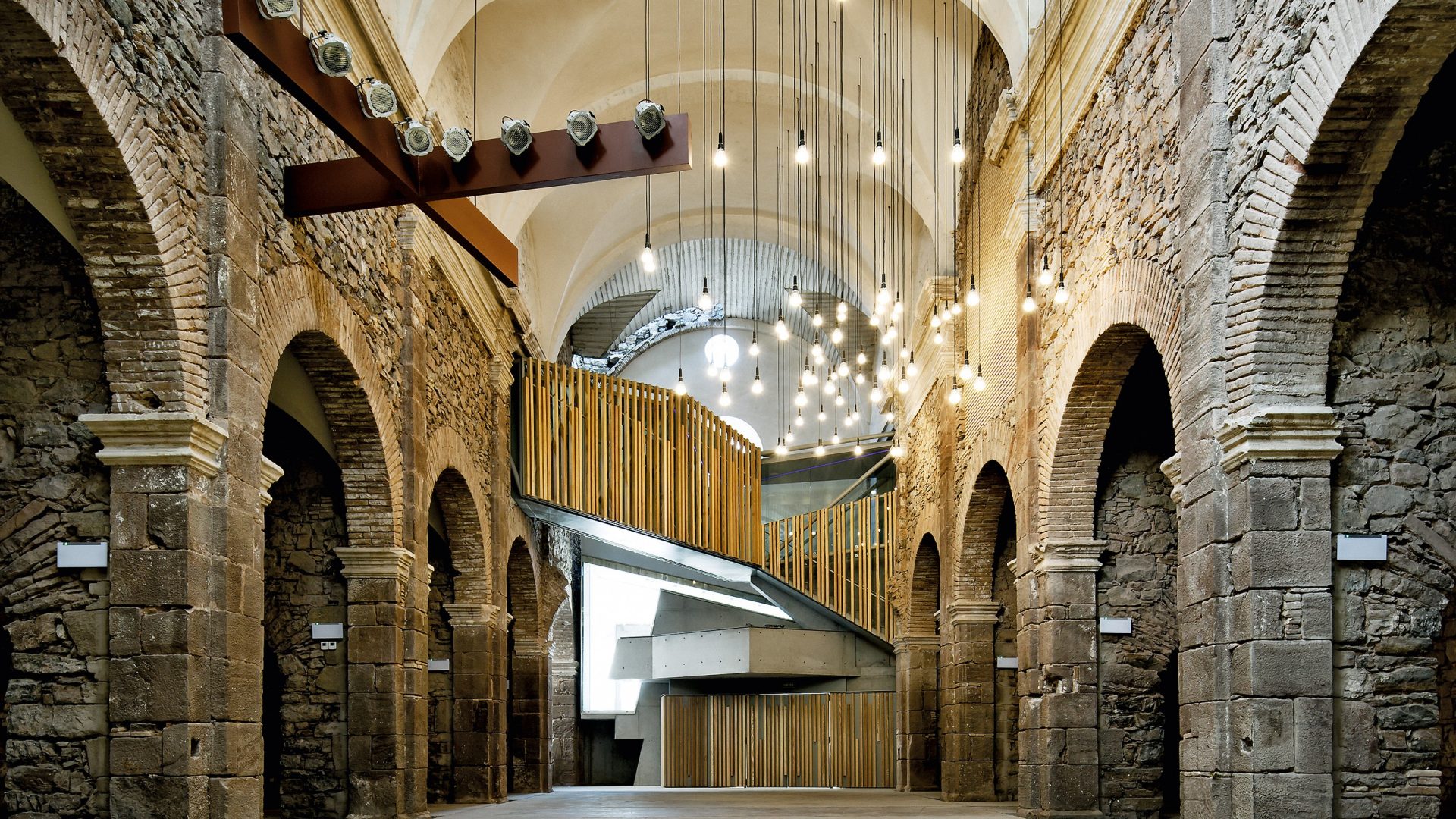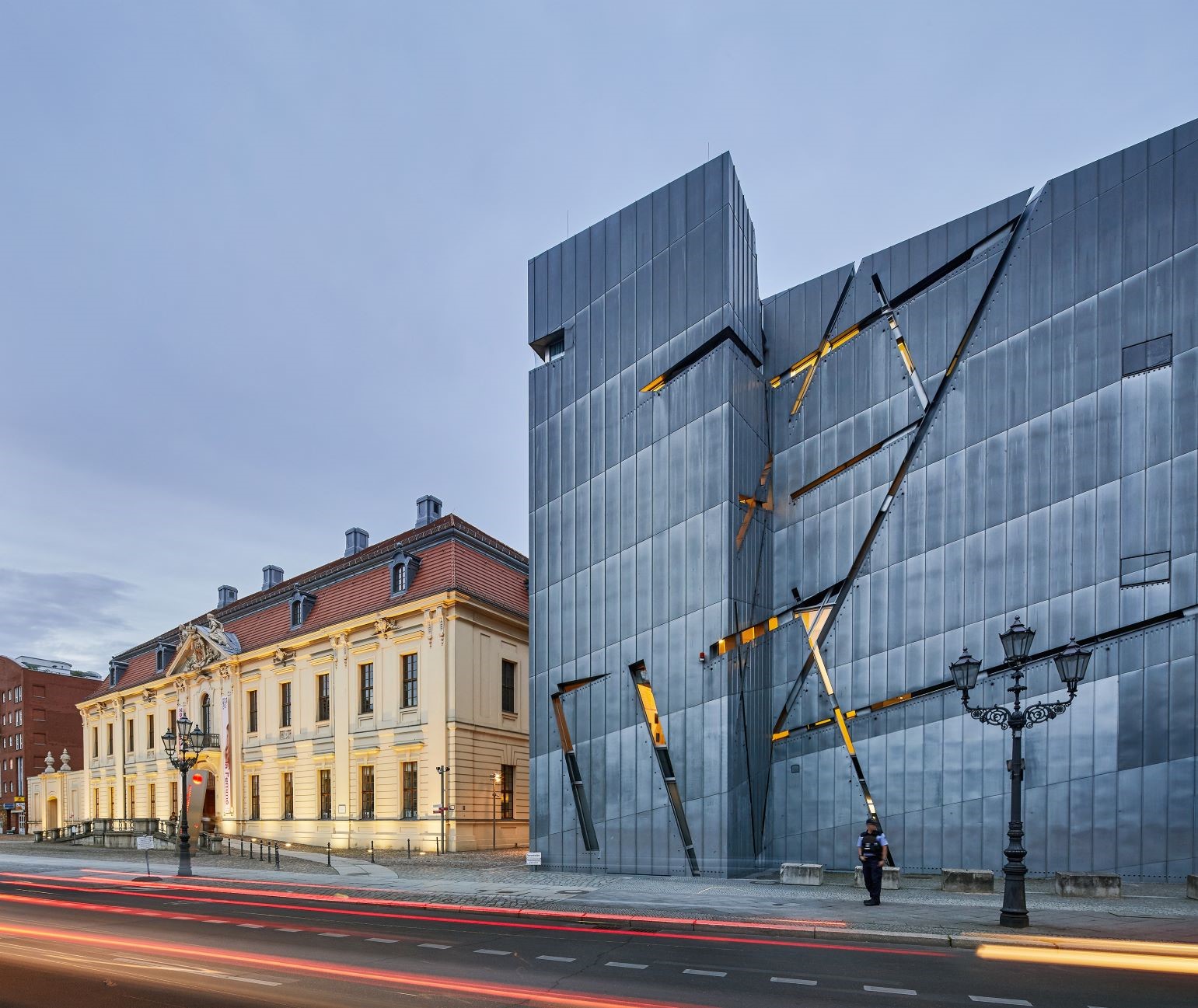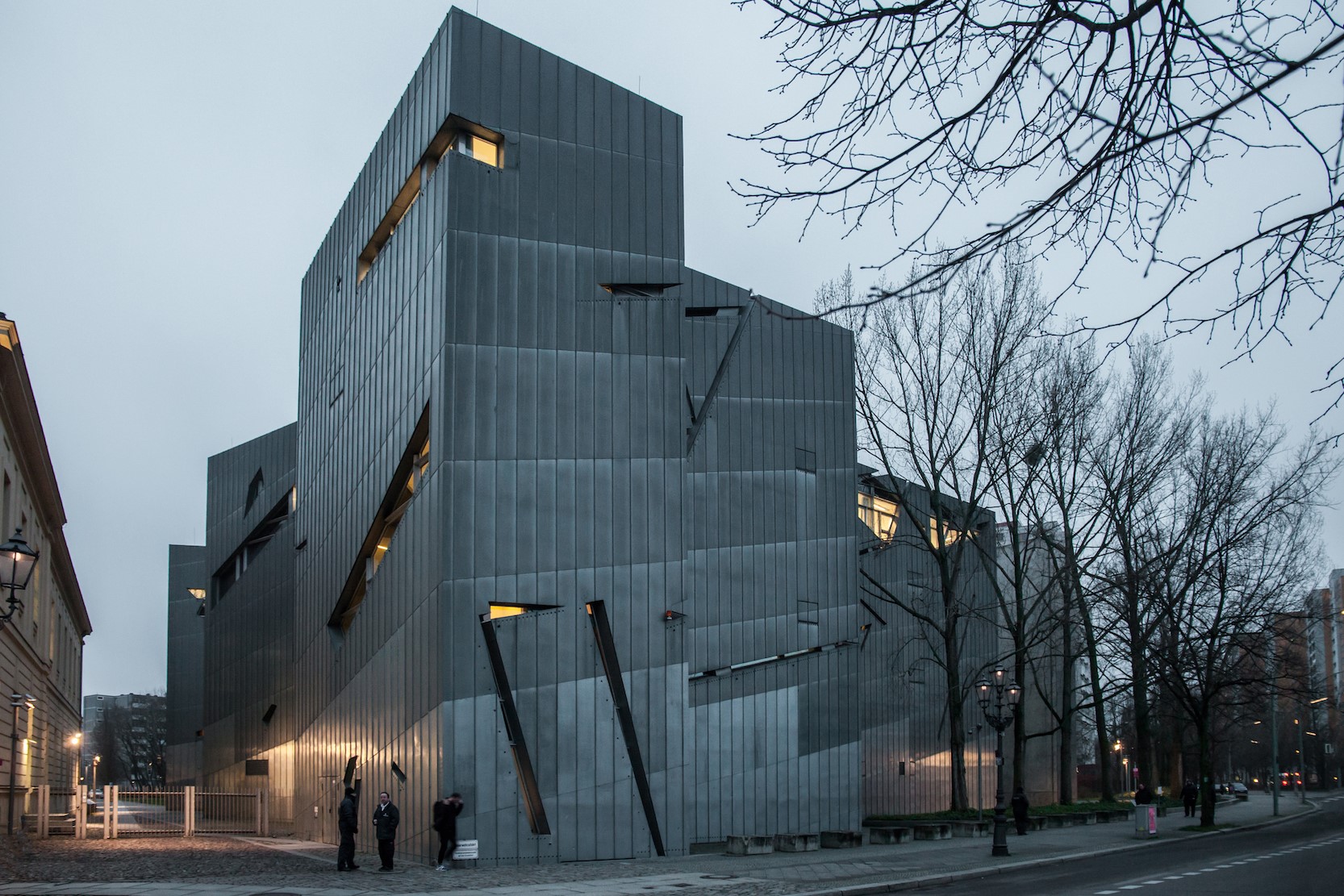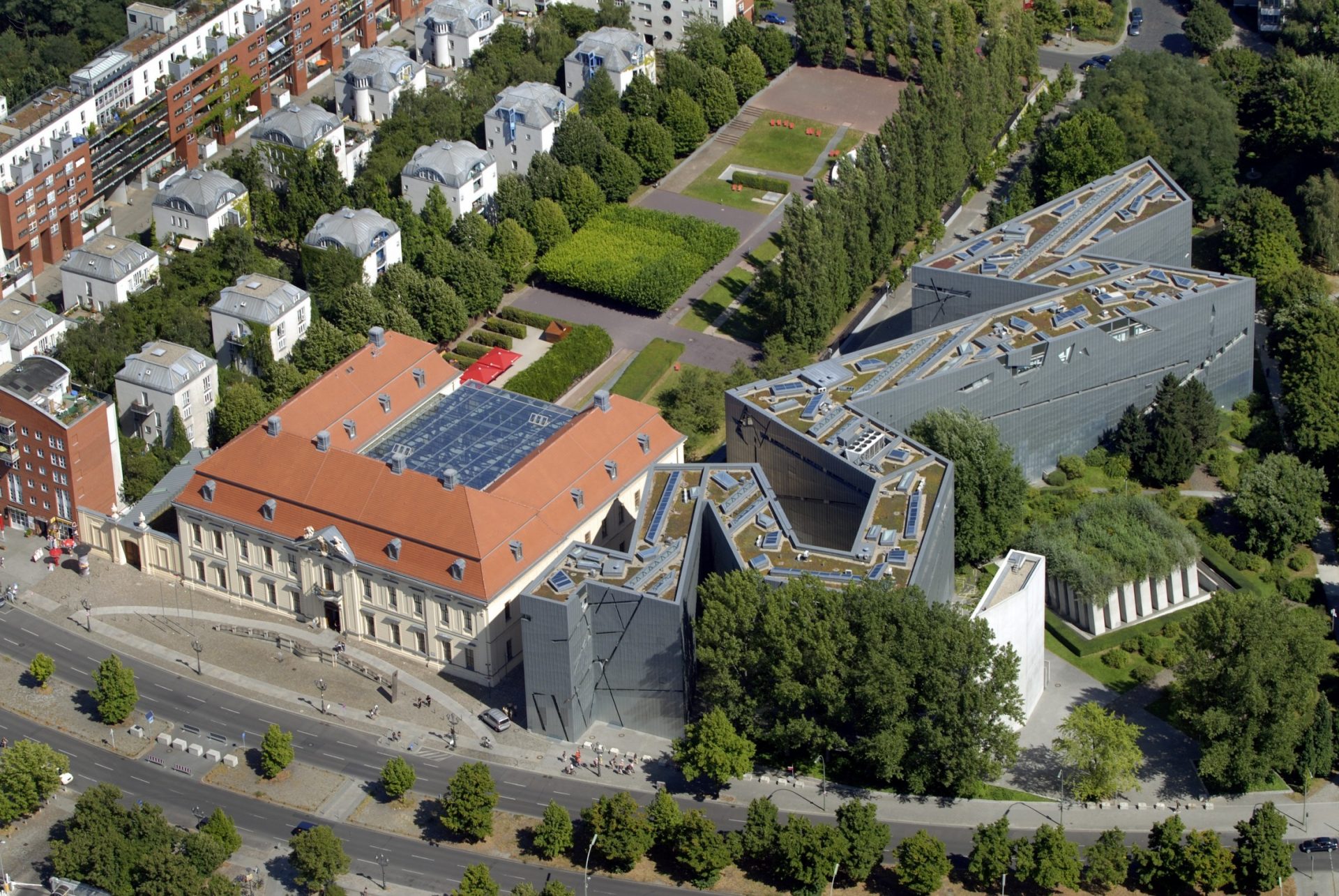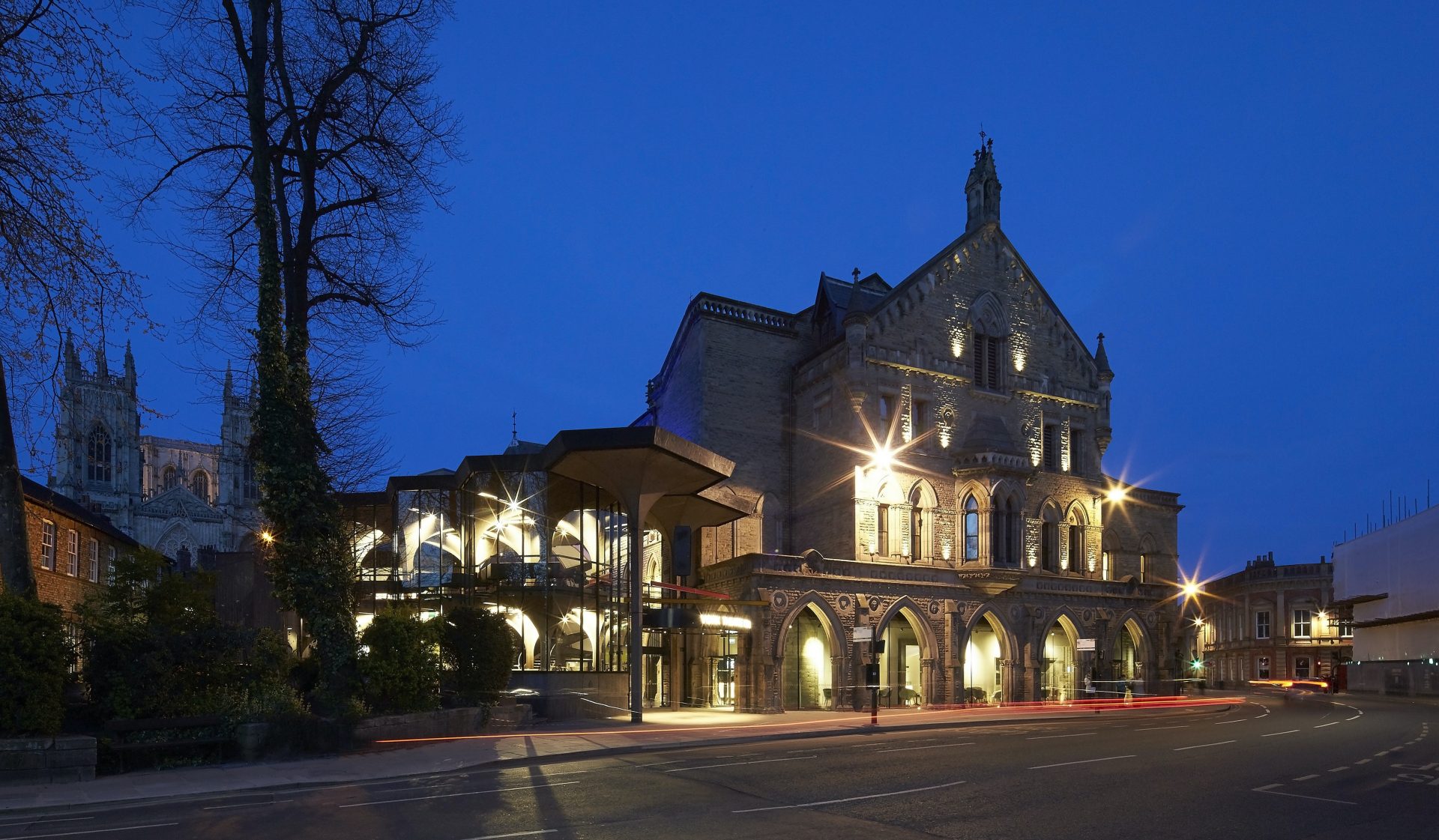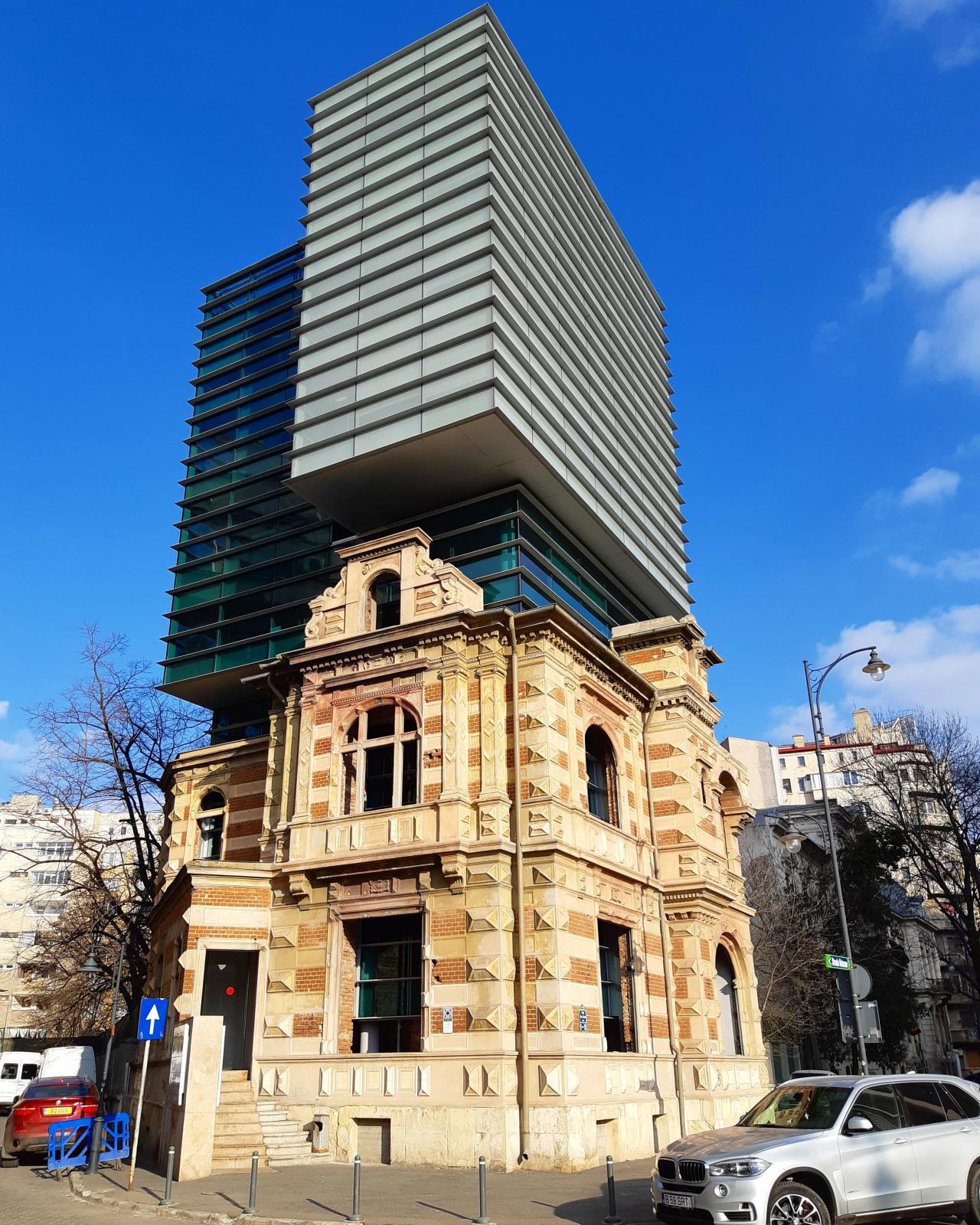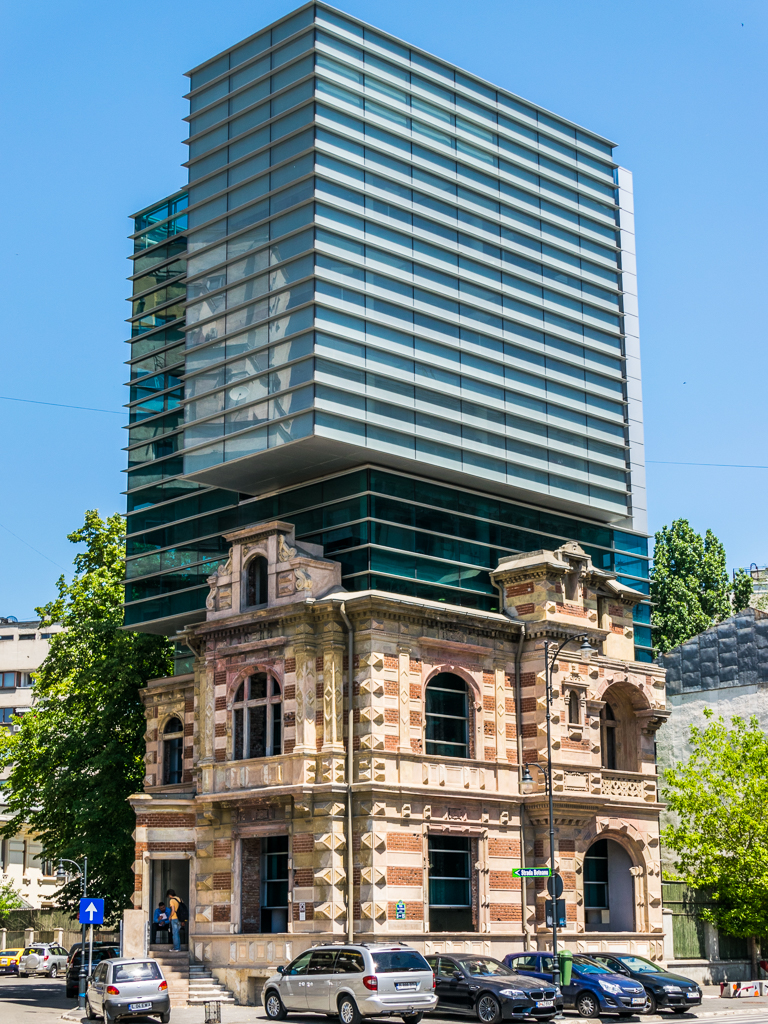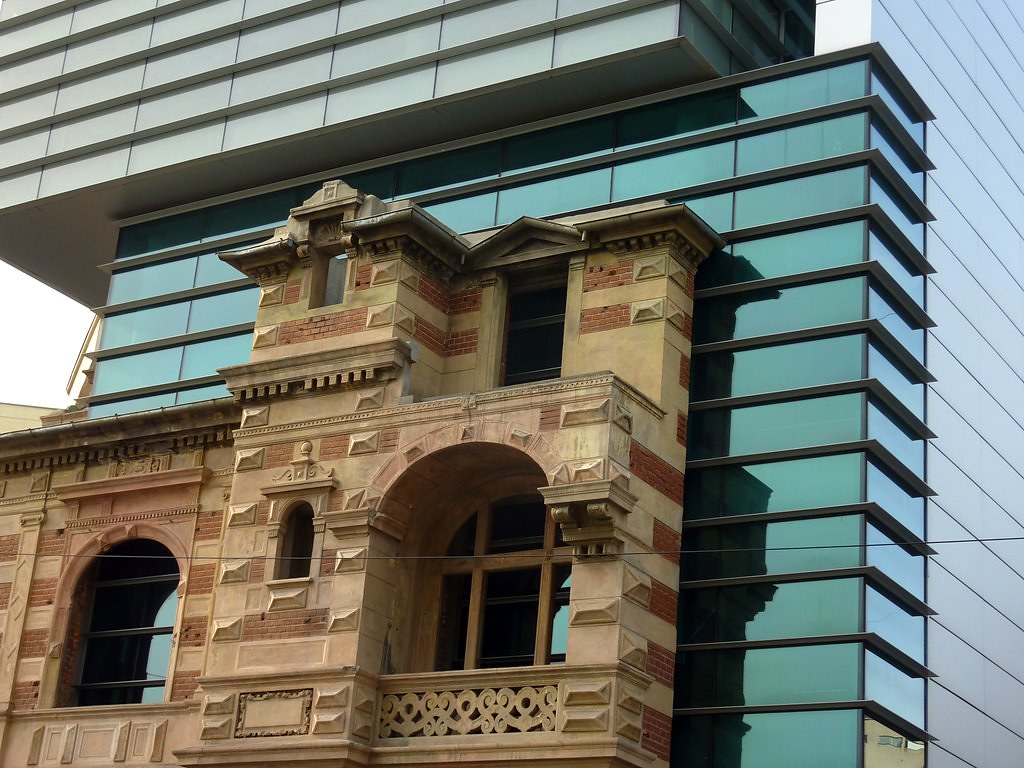14 Beautiful Examples of When Historic and Modern Architecture Come Together.
It doesn’t happen often, but when old and new architecture are joined in a thoughtful manner, the results can be dazzling
傳統與現代建築之間的對話—流暢有韻
By Nick Mafi, June 10, 2020
Architecture, both new and old, defines city skylines and has a lasting impact on our perceived memory of a place. And while historic architecture has its own charm, it’s no secret that, at its best, modern architecture has the ability to be inspiring. Examples abound, including almost any building designed by figures such as Zaha Hadid, Rem Koolhaas, Santiago Calatrava, and Frank Gehry, among others. Their buildings, much like a force of nature, have the ability to transform a neighborhood (almost always for the better). Many refer to this as the Bilbao effect, a term coined after a Frank Gehry–designed Guggenheim museum helped turn around the Spanish city’s economy. Yet economic boost aside, what about when these modern marvels are built on or within the existing buildings themselves? While it’s not the norm, there are times when architects decide (mainly due to preservation) that instead of building around or in place of historic structures, it’s in fact better to build in or atop the original foundation. When these two worlds of old and new come together, the result can be awe-inspiring. From Zaha Hadid’s extension to the Port House in Belgium, which looks as if a spaceship were attached to a 19th-century building, to Daniel Libeskind’s beautiful clash of new and old with Canada’s Royal Ontario Museum, AD lists the 14 best examples of when modern and historic architecture come together to produce something better than the sum of their parts.
01 Museum of Military History (Dresden, Germany)
Built originally as an armory in 1876, the structure officially became a museum in 1897. By 1989, however, the German government decided to close the public structure due to its uncertainty as to how it wanted history to remember its military positions. The space reopened in 2011, but not before a renovation was executed by Daniel Libeskind. His vision added a modern facade, which juts out from an otherwise traditional neoclassical building.
02 Kunstmuseum Moritzburg (Halle, Germany)
Situated in central Germany, the Kunstmuseum Moritzburg originally started as a castle built in the late 15th century. Designed in the Early Renaissance style of architecture, the structure was eventually converted into a castle at the end of the 19th century. More than a century later, a museum renovation included the addition of a sleek modern building. The new construction was necessary, as certain parts of the original structure had completely fallen apart due to time, and both world wars. The modern addition was designed by Fuensanta Nieto and Enrique Sobejano (Nieto Sobejano Arquitectos), a European firm that’s won many awards including the 2015 Alvar Aalto Medal, the 2010 Aga Khan Award for Architecture, and the 2008/9 International Architecture Award, among others.
03.Brooklyn Museum (New York City)
With roughly 1.5 million works, the Brooklyn Museum houses New York’s second largest art collection (the Metropolitan Museum of Art holds the top spot). Completed in 1895, the Beaux-Arts building was designed by McKim, Mead and White. (Note: McKim, Mead and White was the same firm responsible for the design of the city’s original Pennsylvania Station, and the arch in Washington Square Park, among other structures.) In 2004, a beautiful $63 million glass entrance was added to greet visitors. Designed by Ennead Architects (previously known as Polshek Partnership), the 15,000-square-foot pavilion provides a striking juxtaposition to the more traditional backdrop of the museum façade.
04.City of Fashion and Design (Paris)
Paris’s City of Fashion and Design is located along the banks of the Seine River. Designed by local firm Jakob + MacFarlane, the structure was built within old general stores. What used to be a site that lacked a discernible character is now instantly recognizable by the ultracontemporary, bright-green structure on its exterior.
- Port Authority (Antwerp, Belgium)
Designed by the inimitable mind of Zaha Hadid, Antwerp’s Port Authority building is quite literally like no other building on the planet. When completed in 2016, the renovation and extension took a once-derelict fire station and transformed it into a new headquarters for the port. Today, the new structure houses the port’s 500 staffers, all of whom previously worked in separate buildings around the city.
06.Elbphilharmonie Hamburg (Hamburg, Germany)
When it opened in 2017, the Elbphilharmonie Hamburg was considered by many to be the most exciting venue to hold a concert in the world. The Herzog & de Meuron–designed structure sits atop an old warehouse that was built in 1963, and in a short span of time has already become the most internationally recognizable building in the city.
07.St. Antony’s College (Oxford, England)
Leave it to Zaha Hadid to design an ultramodern structure within the campus of the oldest university in the United Kingdom. But that’s just what she did with this stainless-steel façade that bridges buildings within Oxford’s Middle East Centre, a department that studies the humanities and social sciences in the modern Arab world.
08.Royal Ontario Museum (Toronto)
The Royal Ontario Museum has a rich past that can be studied by the building’s architecture. It was first built in 1914 in a neo-Romanesque style, only to be later renovated in an Art Deco–inspired form. By 2007, Daniel Libeskind added a multimillion-dollar extension made primarily of glass, aluminum, and steel.
- Stealth Building (New York City)
Designed by the New York–based firm WORKac, the Stealth Building is a residential structure that is located in a city with strict architecture codes. When the renovation of this beautiful cast-iron building was being debated, New York City’s Landmarks Commission required that any rooftop be completely invisible. That’s where the skill of the architects came into play, as they withdrew the rooftop so that it could not be discerned by any bystander for several blocks.
- Space Asia Hub (Singapore)
Designed by the Singapore-based firm WOHA, the Space Asia Hub was built within and around two former homes. These villas stand in stark contrast to WOHA’s ultramodern, all-glass cubelike structure that’s connected to it. Today, the space is an upscale retail and gallery hub.
- Sant Fransesc Church (Santpedor, Spain)
Originally built in the early 18th century by Franciscan priests, Sant Fransesc Church was abandoned by the 19th century. By 2000, the structure was in hideous shape. That was until architect David Closes redesigned it, adding, among other elements, an eye-catching entrance to the building.
- Jewish Museum Berlin (Berlin)
Opened in September 2001, the extensions to Berlin’s beautiful Jewish Museum were designed by architect Daniel Libeskind. In total, the museum comprises three buildings, making it the largest museum dedicated to Judaica in Europe. While the original structure was completed in 1933, the two additions were designed by Libeskind. The architect used a zigzagging, disrupted design to further push the theme of how extremely difficult and uprooted the Jewish experience was during the Second World War.
- York Theatre Royal (York, England)
Renovated in 2016 by the London-based firm De Matos Ryan, the York Theatre Royal added a new front to its street façade. While the original structure has been an active theater site since the mid–18th century, the building has gone through a series of additions. This most recent addition goes a long way in proving the marriage between new and old can be a beautiful one if done right.
- The Union of Romanian Architects (Bucharest, Romania)
Located in heart of the Romanian capital city, the Union of Romanian Architects building was originally built in the late 19th century in the French Renaissance architectural style. When it was agreed the building was to be renovated, the architects were required to build on top of the original structure, since it was a historical landmark. The end result shows how much architecture has changed over the centuries, both in style and in preferred materials.

